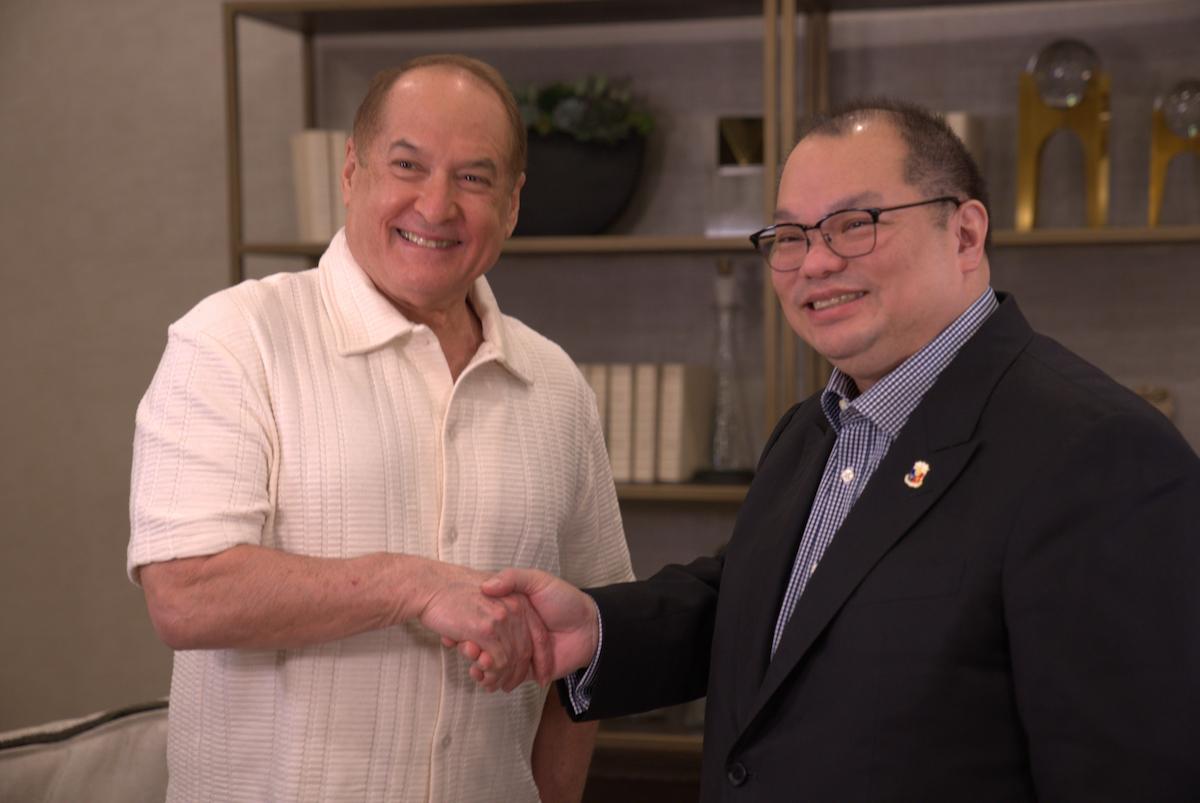WHAT crimes involve moral turpitude is not an easy question to answer. Some attempts to answer this question have resulted in conflicting interpretations. In Hernandez-Gonzalez v. Holder, No. 11-70359, slip op. (9th Cir. February 13, 2015), the issue before the Ninth Circuit Court of Appeals was whether it was a crime involving moral turpitude (CIMT) to be have been convicted of a felony the sentence of which was enhanced under California Penal Code (PC) 186.22(b)(1) because it was committed for the benefit, at the direction, or in association with any criminal street gang, with the specific intent to promote or assist in any criminal conduct by gang members. The Ninth Circuit held that it was not a CIMT. This decision is contrary to the Board of Immigration Appeals’ (BIA) recent decision in Matter of Hernandez, 26 I&N Dec. 397 (BIA 2014), which we have discussed in a previous article.
To determine whether a particular offense is a CIMT, we must analyze the elements of the offense by comparing the statute that defines the offense with the Court or BIA’s generic definition of moral turpitude. If the statute only prohibits conduct that involves moral turpitude, then this particular offense is categorically a CIMT.
The Ninth Circuit defines a CIMT as a crime involving: (1) fraud; or (2) conduct that is (a) vile, base, or depraved and (b) violates accepted moral standards. The BIA defines the elements of a CIMT as: (1) a reprehensible conduct; and (2) a culpable mental state, i.e. one committed with specific intent, deliberateness, willfulness, or recklessness.
In Hernandez-Gonzalez, a criminal court convicted petitioner under PC 12020(a)(1) for possession of a billy club. Pursuant to PC 186.22(b)(1), the criminal court enhanced the sentence for the PC 12020(a)(1) offense because it was committed for the benefit of a criminal street gang. The Immigration Judge (IJ) and the BIA found that a PC 12020(a)(1) conviction with a gang enhancement under PC 186.22(b)(1) is a CIMT. The BIA explained that acting with intent to promote criminal gang activity is inherently base, vile, and depraved, and thus contrary to accepted rules of morality.
The Ninth Circuit found the BIA’s reasoning unpersuasive because it simply echoed the BIA’s definition of a CIMT and lacked any meaningful analysis. The Ninth Circuit stated that not all serious crimes are CIMTs. A crime other than fraud may be considered a CIMT if it offends the most fundamental moral values of society or shocks the public conscience. The Ninth Circuit acknowledged that, at some level, all illegal acts violate social norms and values but only the truly unconscionable conduct surpasses the threshold of moral turpitude. The Court deemed this high standard necessary to preserve the distinction between crimes in general and CIMT.
Ninth Circuit precedents hold that CIMTs that do not involve fraud generally contain elements such as: (1) intent to injure; (2) actual injury; or (3) a protected class of victims. Without any of these elements, a non-fraudulent offense cannot be a CIMT.
The Ninth Circuit and the BIA agree that a PC 12020(a)(1) conviction alone is not a CIMT. The BIA, however, held that a weapons offense becomes a CIMT when it is accompanied by a gang enhancement conviction. The Ninth Circuit, on the other hand, found that the gang enhancement statute does not require intent to injure, actual injury, a protected class of victims, or the use of violence. Thus, the Ninth Circuit concluded that the gang enhancement statute would not make a non-CIMT offense into a CIMT.
The Government argued in Hernandez-Gonzalez that any crime becomes a CIMT when a gang enhancement is applied because the intent behind the enactment of PC 186.22(b)(1) shows that any assistance to gangs in their criminal conduct constitutes moral turpitude. The Government pointed out that the legislature enacted PC 186.22(b)(1) in response to the dangers that violent street gangs pose to public order and safety.
The Ninth Circuit rejected this argument because it mistakes criminality for moral turpitude. This legislative intent only explains why the legislature chose to criminalize gang-related conduct but it says nothing about whether such conduct was worse than any other crime. The Court recognized that, to some extent, all gang-related criminal conduct was morally questionable but not necessarily depraved. It pointed to studies showing that youths join gangs for protection or out of fear of victimization and that gangs offer social structures lacking in certain disadvantaged communities. While these facts do not excuse the crimes of gang members, the Court recognized that they affect its moral judgment.
The Court concluded that an intent to assist gangs in criminal activity does not offend the most fundamental moral values of society because, given the range of reasons for joining gangs, the better approach is to judge gang members individually and avoid lumping them together as a group with equal culpability.
* * *
Charles Medina practices immigration law. Visit his website at www.medinalawgroup.net for more details. This article provides general information only and does not provide legal advice on any specific matter or predict the outcome of any legal matter. It does not invite or create an attorney-client relationship.






